Inside: Homeschooling science doesn’t need to be difficult, complicated, or an extra burden on top of things you might consider a higher priority, like reading. During the elementary years especially, unschooling science is an ideal way to foster – instead of crush – your child’s natural curiosity. Use these ideas to strew science-related resources, answer all those questions they’re already asking, and support their interests and passions as they come and go.
You know Van Gogh’s famous quote, “Every child is an artist. The problem is how to remain an artist once he grows up”?
I think the same thing is true of science: every child is a scientist, and the problem is how to remain one after he grows up. After adults silence their natural questions and force feed them the questions and answers they think are important, in a super specific order they believe is essential.
Merriam Webster defines science as, “the intellectual and physical activity encompassing the systematic study of the structure and behavior of the physical and natural world through observation and experiment.”
If you’ve been around a 5-year-old for thirty minutes or more, you know that they ask observe, experiment and questions like no other. They ask so.many.questions, in fact, that you’re seriously tempted to just hand them your phone and say, “Can you just ask Siri, already?”
And what child isn’t naturally interested in the world around them?
All of my kids love animals, adore going to zoo, and will watch Wild Kratts – all eighteen seasons – over and over again. They just can’t get enough of animals and their fascinating facts.
Then there’s the experimenting (a.k.a. messes).
Give that kid a bowl, and a few random spices and baking ingredients, and off they go trying to figure out what happens when you add this to that and stir a little.
Forget the classic baking soda and vinegar volcano. That’s cool, and all, but they want to explore on their own, mom, thank you very much.
The essence of science is asking questions and finding answers, making guesses and testing them. And isn’t that what children do from the time they are babies?
Children are constantly making hypotheses and testing them. They are surprisingly adept at coming to correct conclusions and using that information to formulate new questions and hypotheses.
My point in case you missed it is that in the early years especially, science is as natural for children as breathing. If you can foster (and not kill) that natural curiosity when they are young, their love of science will continue to grow as they do.
You Might Also Like: Unschooling Language Arts – a Guide to the Elementary Years
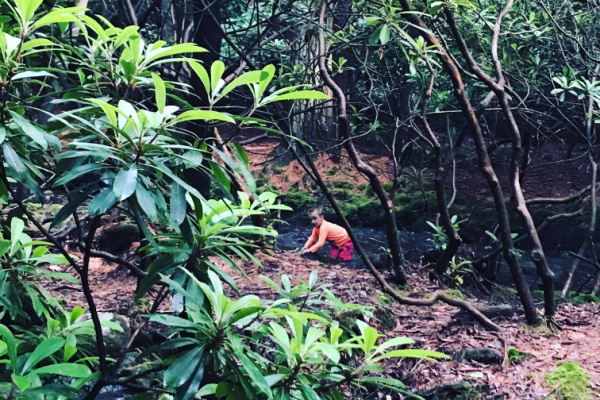
Unschooling Science: How to Nurture Your Child’s Natural Curiosity
THIS POST PROBABLY CONTAINS AFFILIATE LINKS. AS AN AMAZON ASSOCIATE, I EARN FROM QUALIFYING PURCHASES. YOU CAN READ OUR FULL DISCLOSURE POLICY HERE.
If you are worried about taking a relaxed/unschooling approach to science, this anecdote should bring you some comfort.
I once heard a teacher at a homeschool convention admit that all of elementary science is repeated in depth in the upper grades. Everything they force feed kids before grade nine is going to be covered AGAIN in high school sciences.
So RELAX. You CAN do this.
Take it one year at a time, and use these ideas to guide you in unschooling science.
Related: Why a Former Teacher Chose to Unschool Her Own Kids
1. Take regular nature walks.
When your kids are younger and beg to go outside, nature walks can be a great way to homeschool science naturally.
The key to nature walks is to inspire curiosity. This means that you, the parent need to show interest.
Try to remember what it was like to be curious about the world around you. Ask questions out loud like, “I wonder why that bird flies that way. What animal do you think lives here?”
Point out your favorite birds, flowers, plants. If you show interest, your kids will pick up on that, although they probably don’t need much encouragement.
While nature walks are free, you can make the experience even more special and exciting (especially if you have reluctant nature walkers) with things like…
- a pair of binoculars,
- a special notebook
- colored pencils for sketching what you see
- a bug catcher
- a magnifying glass
- a camera for documenting their favorite finds.
In the months when the weather is nice, we try to make nature walks a regular weekend activity. In the past, we found a Wild & Free homeschool group that organized monthly nature outings with friends.
Nature journaling wasn’t a hit with my kids, although my oldest will occasionally take her notebook outside to sketch the deer or birds or a particular flower.
If you think nature journaling might be something your kids would love, our favorite art membership course has units dedicated entirely to nature journaling. Membership is currently closed, but it will be opening again soon.
You can get added to the waitlist for Masterpiece Society HERE.
Related: Nature Journaling for Kids Who Aren’t That Excited About It
2. Buy a basic experiment kit, and cheap kitchen ingredients to go with it.
Mixing up spices and water is the perfect activity to introduce the concept of experiments. Even my older kids still love to do this!
Take a trip to the Dollar Store or to Aldi’s and pick up some inexpensive spices just for your child’s “experiments”. Give them bowls, spices, water, some measuring spoons, food coloring, and let them mix up several crazy concoctions.
Vinegar and baking soda are also fun ingredients: remember making a “volcano”?
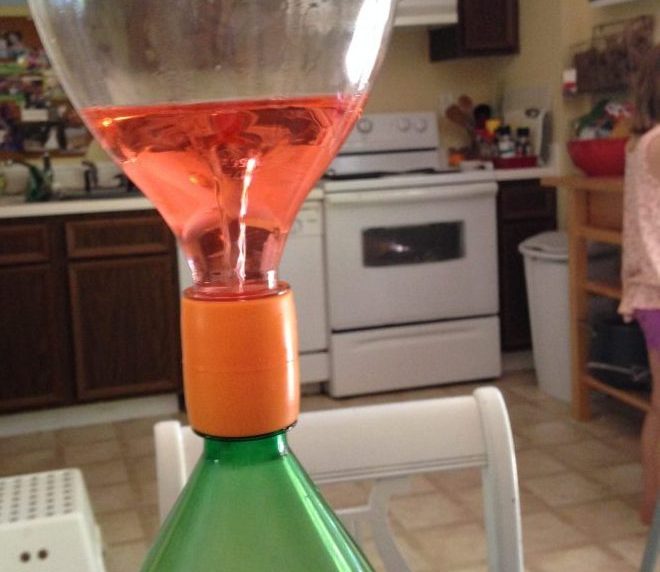
3. Try a variety of done-for-you science experiment kits.
There are SO many excellent science experiment subscriptions out there. We’ve tried several ourselves.
Especially if you are so NOT interested in scouring Pinterest for DIY science experiments (join the club), these are a homeschool mom life-saver.
We were given this basic starter experiment set, and my kids loved it! We still have it today, and my kids use it for their own DIY science. The experiments were basic enough for my six year old to read and do with her younger brother, and they required very few extras (food coloring being the item you may not have on hand).
If you are into finding and recreating science experiments, Pinterest is chock full of interesting science experiments for kids. Many do require adult supervision, so with four kids we haven’t attempted very many just yet, but there are endless possibilities.
Several years ago, we purchased the Magic School Bus Year of Science Experiments, which is no longer available as a subscription, BUT, you can purchase individual kits on Amazon HERE.
When we used it, each kit came with 6-7 activities. I say activities because some are not experiments, but learning scientific terms or building a solar system with wires and bouncy balls.
We watched the corresponding Magic School Bus Episode on Netflix, and then take our time completing the activities over the next several days.
The only drawback of this particular kit was that it required a lot of materials from home that are not items we typically have on hand – water bottles, soda bottles, newspaper, to name a few.
We tried Steve Spangler science, but we weren’t very impressed. We also have used Little Passports Science boxes, but with recent changes, they aren’t as good as they once were.
We do continue to periodically order individual crates from Kiwi Co. We have built stomp rockets, a periscope, set up an irrigation system for plants. And my kids loved every minute of it.
You don’t need a subscription, which is great for moms who get easily overwhelmed by the clutter that comes from creating all the things.
We order around twice a year and choose a theme based on their current interests.
You Might Also Like: 17+ Math Manipulatives My Unschooled Kids Actually Use (Skip the Math Counters)
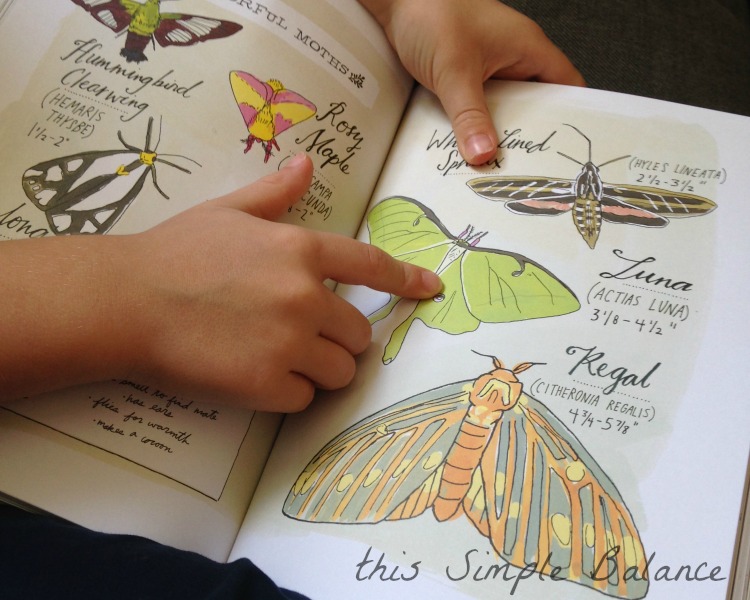
4. Strew a variety of science books and posters.
I’m not talking about textbooks, here. Have you ever been inspired by a textbook? I didn’t think so.
So much of science during the elementary school years is about cultivating curiosity and sparking interest.
There are so many beautiful books to help your kids learn and develop interest in science, some that even my toddler loves to look through!
Elements is a favorite, as well as the science-related books in THIS Usborne series. They also use the Usborne Science Encyclopedia quite a bit.
One of these days, I’ll put together a great big list of all the Science books we’ve enjoyed over the years. Until then, I hope the ones I mentioned can get you started.
Related: Usborne Homeschool Books That Are Actually Worth Buying
5. Take advantage of all the science shows and documentaries available today.
There are so many fantastic shows about science for kids!
My second child is particularly interested in Science, and after watching the latest Wild Kratts episode, he always comes up to me excitedly explaining what mosquitos feed to their babies or how pangolins thick plates are composed of keratin.
We recently subscribed to PBS Kids Channel on Amazon Prime so we could access all the Wild Kratts seasons.
If you head HERE to one of the Wild Kratts Seasons, you should be able to subscribe. If you can’t find the button, simply search “PBS Kids subscription” in the search bar.
That same child has since moved onto Curiosity Stream, a streaming service with only documentaries, where he as recently devoured every documentary available on outer space.
YouTube has fantastic science channels for kids – SciShow Kids isn’t currently active, but all the old episodes are excellent. Kahn Academy is another free resource with science content.
You may need to watch with your kids at first. Explore the various options, find content that interests YOU, and invite them to watch with you.
After a while, if the interest continues, they will go running off on their own.
Related: 5 Reasons NOT to Do The 1000 Hours Outside Challenge
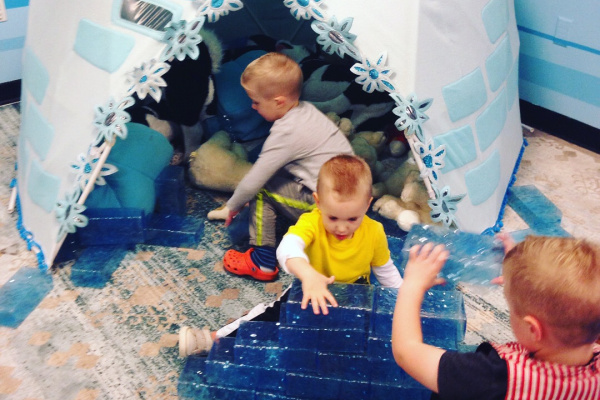
6. Take field trips – lots and lots of field trips.
We have loved living in two cities now with amazing science museums, zoos, and aquariums. An annual pass or membership is often the most affordable option, especially if you have multiple children.
The libraries in some cities also offer free or discounted passes that you can reserve through the library system.
Science museums have so many exhibits and scheduled presentations that it can feel like drinking water from a fire hose.
Trying to see everything in one trip can be overwhelming, sometimes outweighing the benefits.
Especially if you are homeschooling, regular visits are the best option. That way you can choose one section of the museum to focus on during each visit, and you can also do the special activities available that day without feeling rushed.
If you have grandparents or other family nearby, leaving toddlers in their care will give older children (and you) a better experience. Older children have longer attention spans.
You can follow their interests instead of dragging them away to chase down a runaway toddler (I’ve done it – not fun).
7. Consider purchasing scientific tools.
Last Christmas, the kids received a starter kit of scientific tools. It included a telescope, microscope, and binoculars.
The kids enjoyed it, and it’s gotten a lot of use.
But here’s the thing: the kids can tell when they are getting the “kid version”. They know that these are not the real thing; they can tell the difference.
So here’s a radical idea – what if we gave our kids the real thing instead?
Now I’m the first to admit that this idea makes me nervous. Our budget is tight as it is without purchasing expensive gadgets that might get broken.
But I wonder if the real thing just might make cause my children to love science even more.
What if they had a real, if basic, microscope, complete with slides?
A grandparent recently gave my son a telescope, and it inspired a months-long deep dive into astronomy that’s still going. We recently purchased a 3D printer (science/math tool) – we’ll see where that leads.
If it’s in your homeschool budget, consider purchasing these things slowly over time.
8. Let your kids take things apart.
Broken toys are perfect for little scientists to explore the way things work. Broken appliances that would otherwise go straight to the trash? Same thing.
One of our nerf guns recently broke, so my husband helped the kids take it apart to see how it works. My science-lover was thrilled to explore how springs and triggers work, and we benefitted from something breaking: win-win.
Whenever possible, let them take things apart.
For that matter, let them build, too.
We can be afraid to invest in these things because we have “more important things to buy”, but I truly believe that money spent on things like building materials, science kits, books, board games and museums are the best money you could possibly spend. Forget curriculum: invest in these things, instead.
Related: 33+ Science Board Games for Kids of All Age Levels
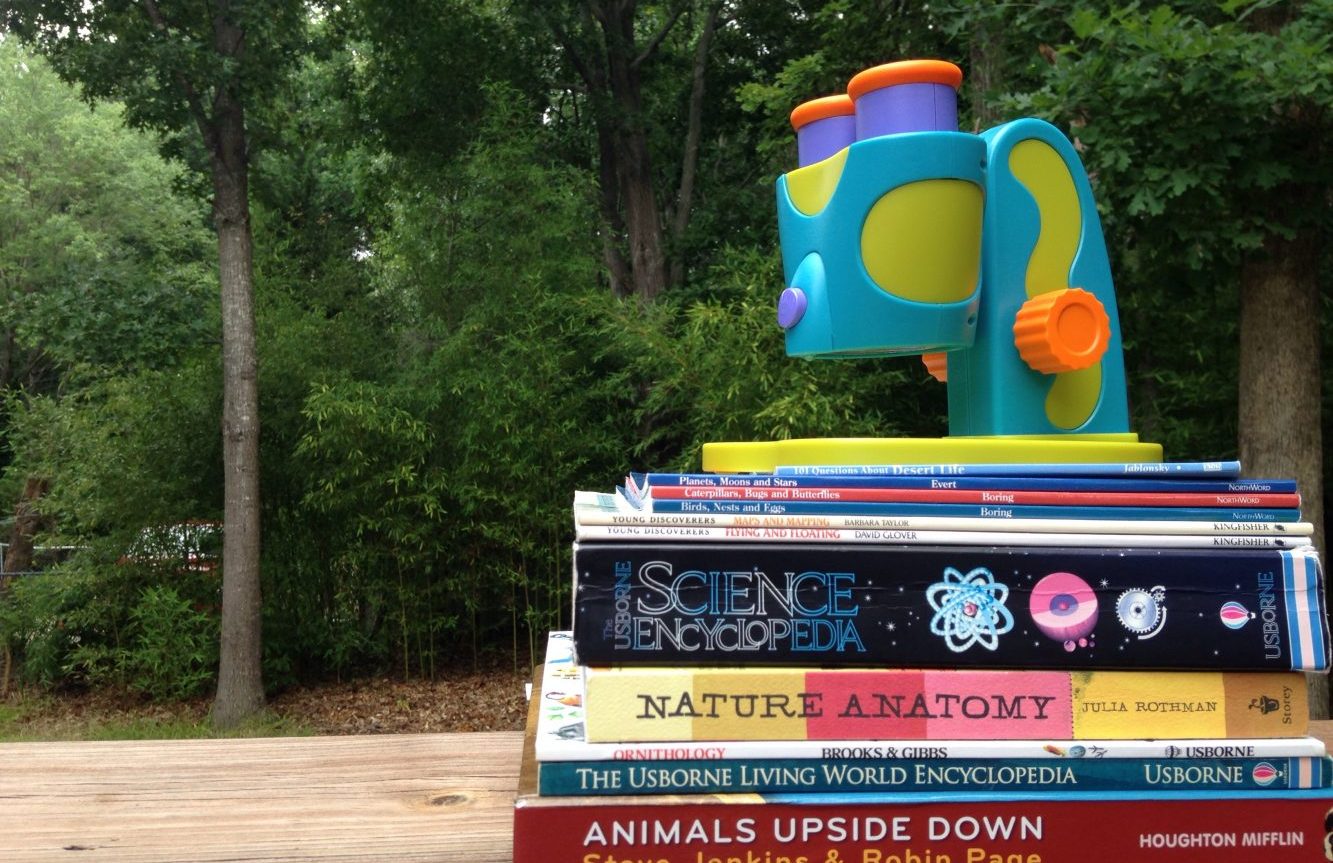
Science Is Ultimately About Asking Questions, So Let Them Ask
Finally, the best thing you can do to instill a love of science is to let your children do what they already do so well: ask great questions.
Join them.
Develop your own habit of asking great questions out loud, all day long. Take the time to wonder, to actually stop long enough to find answers.
The best gift you can give your child is a love of learning and model that for them.
“Education is not the filling of a pail, but the lighting of a fire…” -W.B. Yeats
If you create an environment that inspires curiosity and supports a love of learning, you will give your little scientist a gift that extends far beyond science and academics.
You’re giving her the tools to succeed in life.
Read Next: The 12 Best Unschooling Books for Rethinking Education

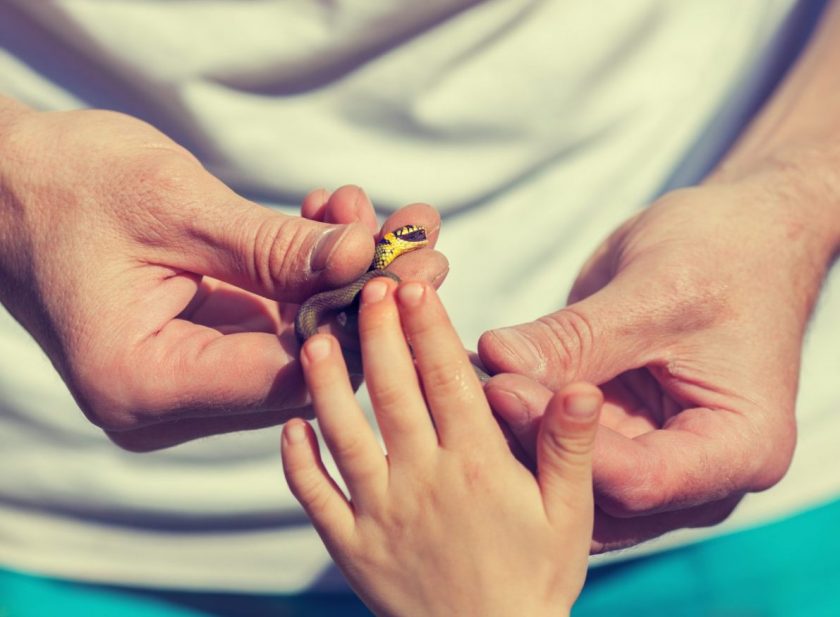
These are such great ideas!
I wish we could get our little animal lovers together! My son is also a Wild Kratts fan and talks about animals (and creature power suits) all day long 🙂 I didn’t realize you could order individual Kiwi Crates…we just did the Ultimate Homemaking Bundle too and while they loved it and I was impressed with the quality, I also get overwhelmed with all the pieces, so once in a while is just about right.
I wish we could! My boys talk about creature power suits, too. Even with minimalist tendencies, I sometimes wonder if you can buy them somewhere. My son would love it! 😉